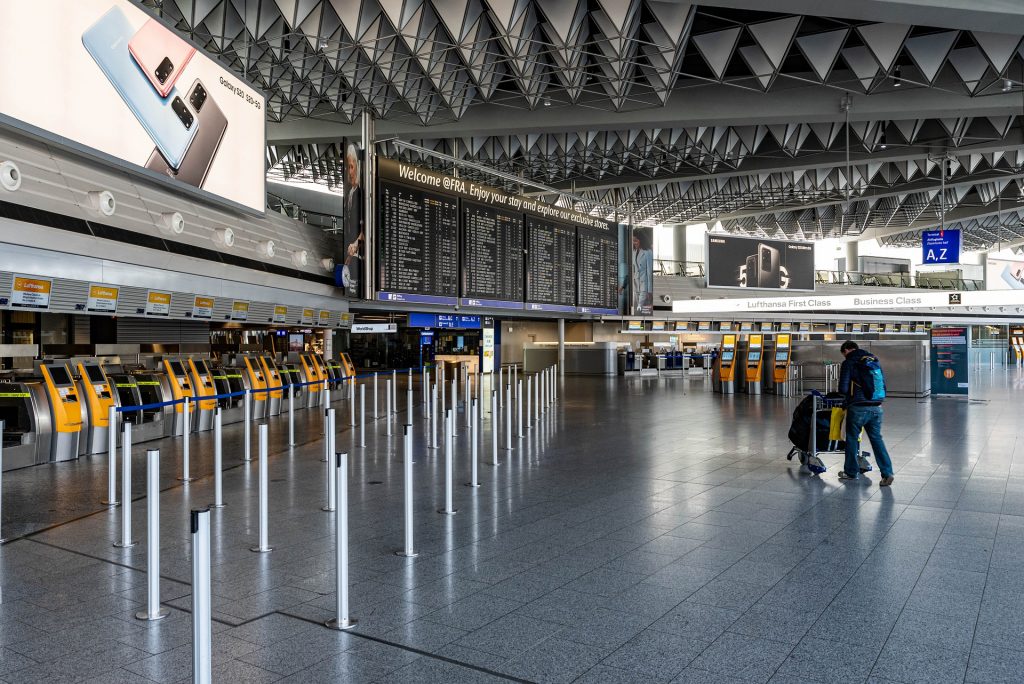After various studies of the current commercial aviation environment, the IATA (International Air Transport Association) has updated its perspective on the future of airlines in the midst of this pandemic, which has lasted for more than half a year. The Association has recognized that the picture for the airlines in the near future is discouraging and that in the absence of state support, airline bankruptcies will occur in an alarming volume, with the consequent socio-economic impact.
Unsustainable losses
As we could see in the article Covid-19 Measures may Bankrupt Multiple Airlines, sanitary protocols, especially border closures and restrictions on airports have generated a decrease in air traffic that makes it unsustainable for airlines, to cover its operating and maintenance expenses for all its resources, both material and human.
In a virtual conference, the IATA predicted that in this second half of the current year the airlines, as a whole, will be “burning”, that is, spending up to 77 billion dollars without profit, equivalent to spending 13 billion dollars a month, or 300 thousand dollars per minute. If such a warning looks bleak for the airline industry and the economy in general, it is worrying to see the forecast for the following year; In the words of Brian Pierce, IATA’s chief economic analyst: “The slow recovery in air travel will see the airline industry continue to spend cash at an average rate of US $ 5 to US $ 6 billion per month in 2021 the problem now is that aid, particularly wage subsidies, is beginning to be withdrawn”. Although this estimate represents that losses will decrease by 50%, this will not be for the most positive reasons, but for the bankruptcy of several airlines and their consequent cessation of expenses, among other reasons.
Only in the second quarter of 2020, when travel began to paralyze, the pandemic caused a worldwide loss of 51 billion dollars in cash. Losses occur because financial resources are needed to sustain an airline; for aircraft maintenance (whether in service or in storage), employee salaries, concession payments, payments to various suppliers and creditors, payment of taxes in the various countries where it operates, etc. If you want to know more information about the impact of the Covid-19 pandemic on commercial aviation, we recommend reading: Statistics of the Airports Council International (ACI) on the impact of the Covid-19 on the sector.
Insistence on state support
IATA persists in its exhortation to the different governments, to seek the channeling of resources to the air transport sector to avoid the definitive closure of operations of various airlines. The association considers that, if it does not seek airline bailouts, the winter season for the northern hemisphere, which in itself implies low cash flow, will represent an unsustainable season and aeronautical bankruptcies.
Alexandre de Juniac CEO of IATA has stated that not only financial support is needed, but also the promotion by the authorities to make use of air transport services again, opening borders, removing quarantines and promoting Covid-19 prevention and testing 19 at airports, also make people aware that the risk of contagion Covid-19 on an airplane is minimal.
What do you think of this topic? How important is it to meet IATA forecasts?
If you have any doubt or question you can contact us or write your query in the comments section below.
Image by Gerald Friedrich2 via Pixabay under Creative Commons license.
